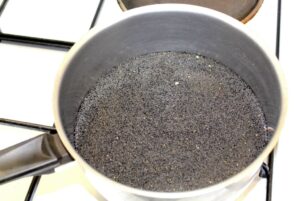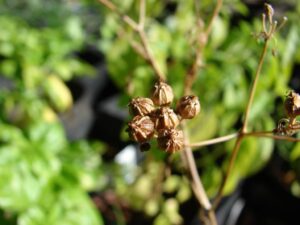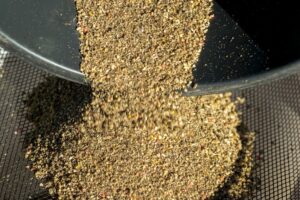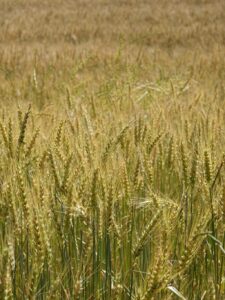The Ultimate Guide To Using Vegetable Fishing Baits For Anglers
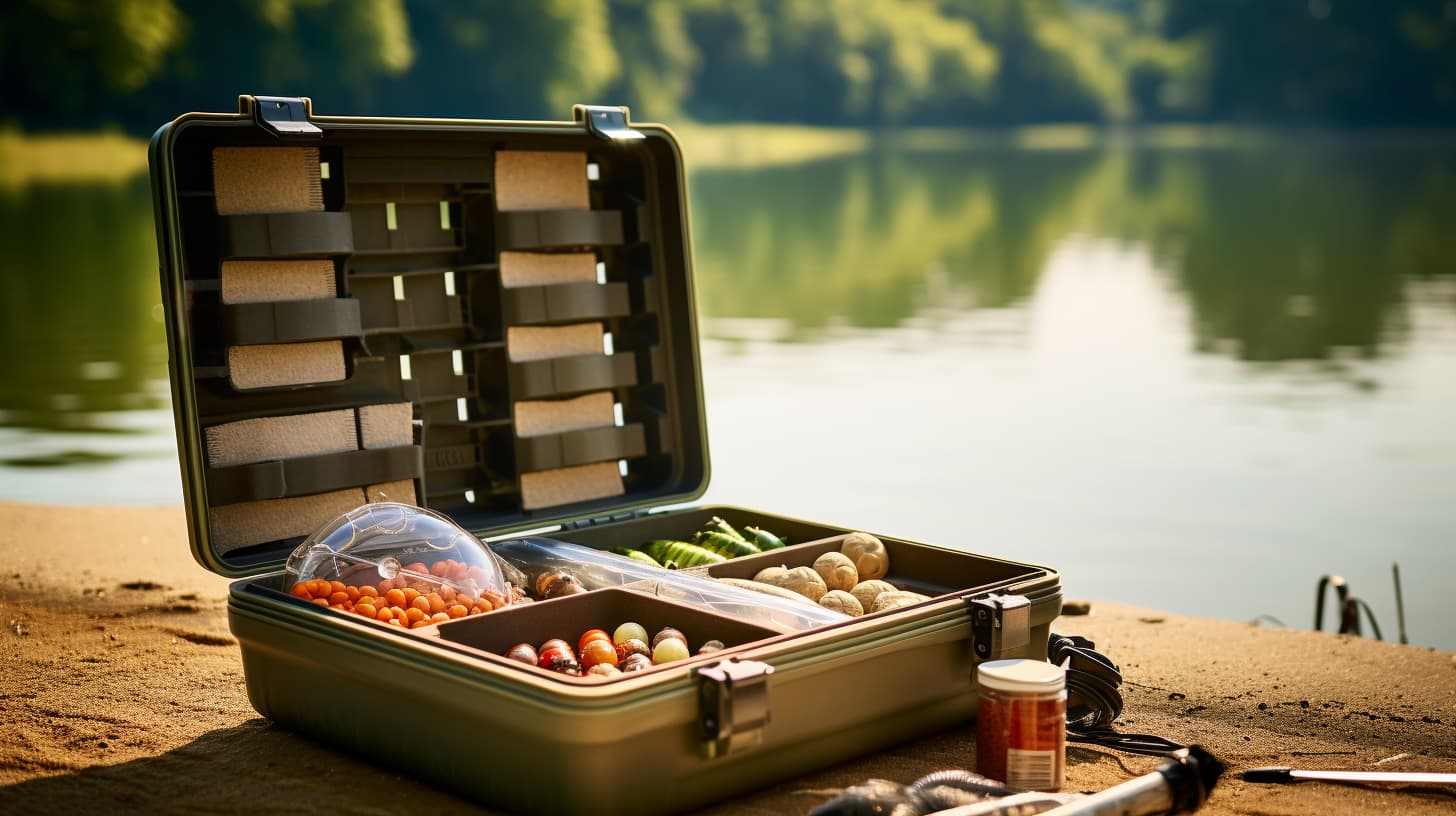

Are you an angler looking to mix up your fishing game? Perhaps the usual lures and live baits aren’t hitting the mark, or you’re curious about more sustainable options. You’re not alone in seeking out alternative methods that could add an edge to your tackle box.
Many anglers are turning their eyes towards a more environmental-friendly and economical bait choice – vegetables.
Interestingly, natural foods like sweetcorn have become popular among anglers targeting carp – a fish that’s notoriously selective with its diet. This blog is here to guide you through the world of vegetable fishing baits, offering insights into which veggies can help reel in a successful catch.
We’ll cover everything from sourcing materials to mastering techniques specific for UK waters. Dive into our ultimate guide, and discover how switching up your bait can lead to impressive results at the end of your line!
Key Takeaways
- Vegetable baits, such as sweetcorn, bread, and pasta, are natural and environmentally friendly options for attracting a wide range of fish species.
- Anglers can create their own vegetable baits using common ingredients like cereals and fruits to mimic the natural diet of the local fish population.
- Using vegetable baits requires matching bait to target species, ensuring freshness, securing bait properly on the hook, and presenting it naturally to increase fishing success.
What are Vegetable Baits?
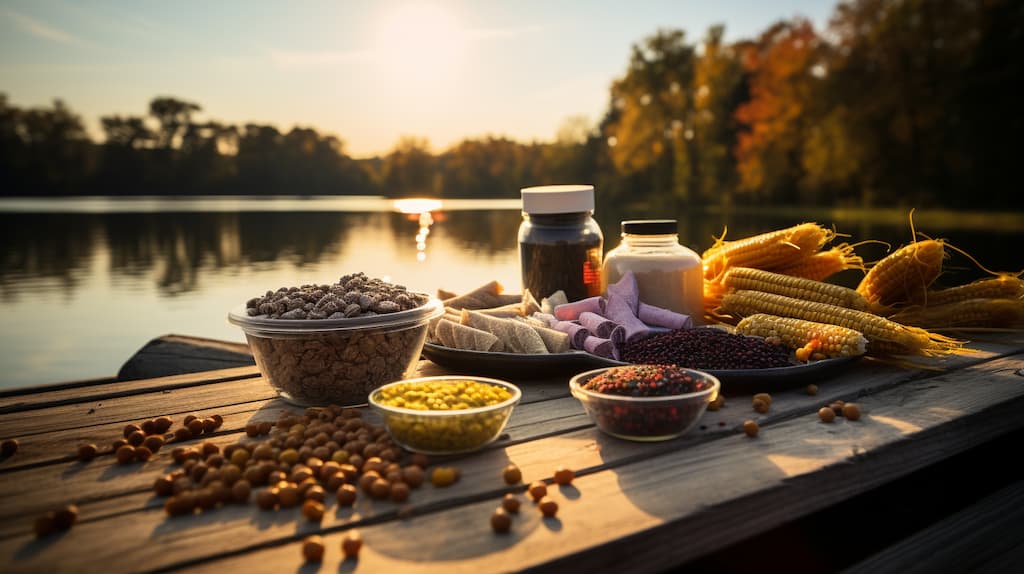
Vegetable baits are natural or introduced substances used to attract fish, such as sweetcorn, bread, and potato. These baits can be easily found in the environment or made at home for fishing purposes.
Definition of vegetable bait
Vegetable bait, often known as plant bait, is any bait derived from plants that’s affixed to a fishing hook or line. It encompasses a wide range of organic materials from small fruits and seeds to chunks of bread or dough.
These baits are not only readily available but also mimic what fish may find in their natural environment, making them an ideal choice for anglers looking to lure fish effectively.
Many seasoned fishers make their own bait using common vegetables and grains. They might boil hemp seeds until they split, craft dough pellets out of flour and water, or create tempting morsels using sweetcorn and peas.
By employing these types of vegetable baits, anglers tap into the dietary preferences of whitefish and various salmonids which are often attracted to such eco-friendly options during their feeding times.
Types of natural and introduced vegetable baits
Vegetable baits are a clever choice for the eco-conscious angler. They can be easily made at home and offer a natural option to attract fish.
- Natural Fruits: Small berries or chopped-up fruits serve as an alluring snack for many freshwater fish. The sweet scent and soft texture make them irresistible.
- Moss: Found near the water’s edge, moss is often used as bait for smaller species. It’s an abundant resource that mimics the natural diet of some aquatic creatures.
- Cereals: Crushed cornflakes, wheat, or other cereal grains are excellent for making balls of groundbait. Mix with water to create a sticky mixture that fish love to nibble on.
- Bread: A classic among homemade vegetable baits, bread can be molded into various shapes and sizes. It expands in water, catching the attention of curious fish.
- Pasta: Boiled until soft but still firm, pasta can be threaded onto hooks or used in conjunction with other baits. Its unique texture and shape can tempt different types of freshwater fish.
- Cooked Hemp Seeds: Known for their oily content, hemp seeds are a hit with many species. They give off a strong aroma when introduced into the water, drawing fish from afar.
- Boilies: These are round dough baits made from a mixture of ingredients including cereals. Boilies come in different flavours and sizes to match the angler’s target species.
- Pellets: Processed vegetable pellets vary in size and composition; some dissolve slowly to release attractants over time.
Why Use Vegetable Baits for Fishing?

Vegetable baits appeal to a wide range of fish species due to their natural scent and taste. They are environmentally friendly and can be used in various fishing conditions, making them a versatile choice for anglers.
Fish feeding habits
Fish often scour the water for food, ready to snap up anything that doesn’t dart away at their approach. This instinctual behaviour is why stationary vegetable baits can be so effective; they mimic the non-threatening, natural food items found in a fish’s environment.
Anglers can exploit this by using eco-friendly baits that blend seamlessly into the underwater ecosystem. Natural growth along riverbanks, such as small fruits and varieties of moss, form part of a fish’s regular diet.
Crafting your own bait using cereals or other plant-based materials can be incredibly beneficial. It not only aligns with the feeding habits of fish but also offers an environmentally conscious alternative to artificial lures.
With fish accustomed to naturally occurring foods like those vegetable options present within their habitat, anglers stand a better chance at success while respecting nature’s balance.
Effectiveness of vegetable baits
Vegetable baits have proven their worth on the water, surprising many anglers with their high catch rates, especially among white fish and salmonids. The natural appeal of foodstuffs like bread, pasta, and cooked hemp seeds provides a familiar target for fish, which often feed on whatever edibles are available without hesitation.
These eco-friendly options not just offer benefits for the environment but also allow you to make your own bait that is both cost-effective and fruitful during fishing outings.
Certain vegetables hold unique allure; corn kernels can even coax an elusive pike onto the hook due to their vibrant colour and scent profile. Boilies and pellets adapt well to water conditions too, gradually releasing enticing aromas that capture the attention of swimming targets seeking nourishment.
Anglers leaning towards vegetable baits vs artificial ones often find these natural alternatives pose less harm to aquatic ecosystems while maintaining—or sometimes exceeding—the effectiveness of synthetic options.
How to Use Vegetable Baits for UK Anglers
Select fresh and natural vegetable baits that are native to UK waters, such as sweetcorn, peas, or bread. Use a small hook to secure the bait and cast it near areas with fish activity for best results.
Best practices for using vegetable baits
Using vegetable baits can be a game-changer for anglers seeking an eco-friendly option. These baits not only benefit the environment, but they also prove to be highly effective in attracting fish.
- Ensure the bait is fresh; vegetables lose their appeal if they become too soft or rotten.
- Match the bait with the fish species you’re targeting, as different fish have varying preferences.
- Chop or prepare your vegetable baits into bite – size pieces that are easy for fish to nibble on.
- Attach the vegetable bait securely to your hook, so it doesn’t fall off during casting or when submerged.
- Consider the water conditions; some vegetable baits work better in still waters while others suit flowing currents.
- Experiment with various vegetables such as corn, peas, or bread to find out which works best in your fishing spot.
- Present your bait naturally by mimicking how these food sources would appear to fish in their habitat.
- Keep a close eye on your line; some fish may take vegetable baits more subtly than traditional ones.
Tips for successful fishing with vegetable baits
Vegetable baits can give you an edge in your fishing trips. They offer ecological benefits and can be highly effective for catching a variety of fish.
- Choose the right vegetable bait for the type of fish you are aiming to catch. White fish and some salmonids have shown a preference for cereals and small fruits.
- Prepare your bait properly to make it irresistible to fish. Cooked hemp seeds should be soft, while bread needs to be mouldable but not too soggy.
- Find out what natural foods the local fish population feeds on and mimic these with your vegetable baits. This familiarity can increase your chances of a successful catch.
- Present your bait in a way that mimics natural movements. For example, float small pieces of pasta on the water’s surface or let moss drift gently along with the current.
- Match the size of your bait to the size of the fish you’re targeting. Larger fish might ignore tiny pellets, while smaller ones could be intimidated by big chunks of bread.
- Use biodegradable eco baits such as boilies made from natural ingredients, ensuring they are environmentally friendly while still appealing to fish.
- Be patient and observe how different species respond to various vegetable baits. Your findings will inform future fishing strategies and help you select better baits.
Conclusion
In wrapping up, it’s clear that harnessing the power of plant-based attractants can revolutionize your angling approach. Testing out a variety of eco baits offers not just an environmentally friendly choice but also taps into the rich feeding instincts of diverse fish species.
Armed with knowledge and innovative bait options, you’re now ready to cast a line and see what nature’s larder brings to your net. Embrace these gentle giants in your tackle box for an edge in fresh waters across the UK.
Go on, give it a try – the fish might just surprise you!

